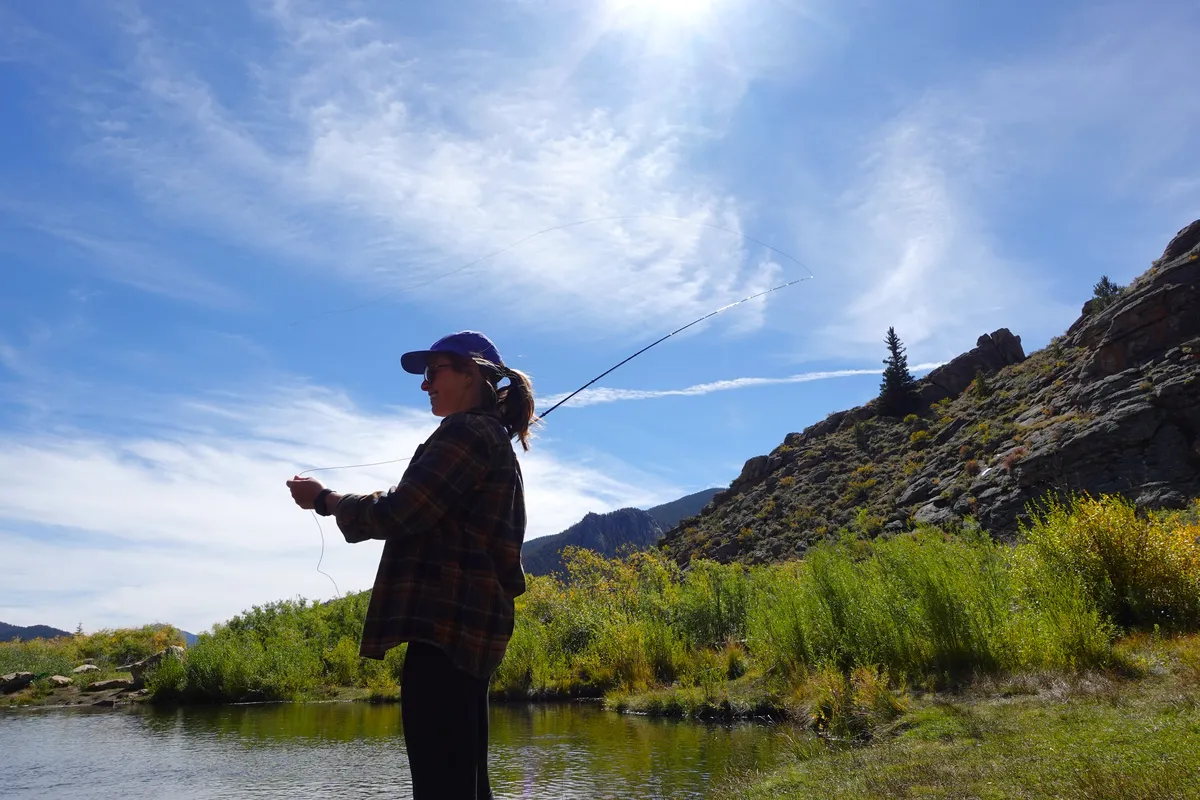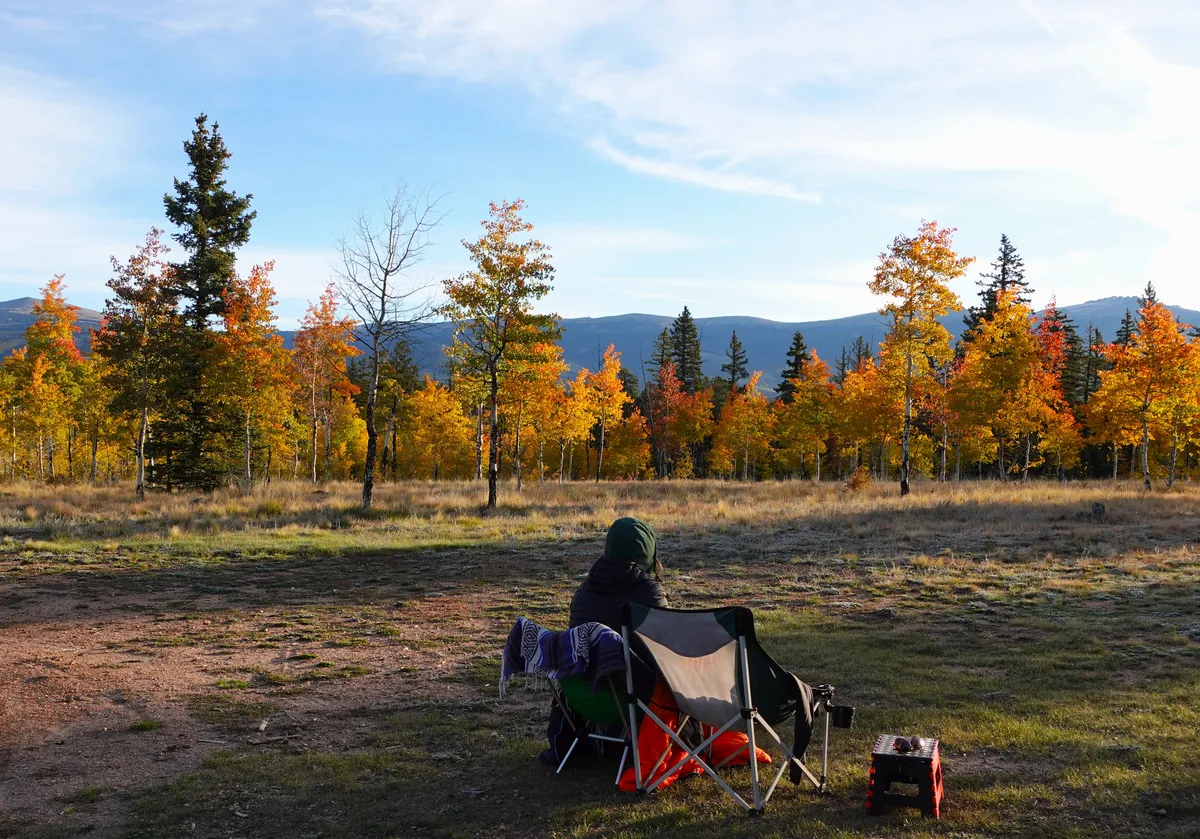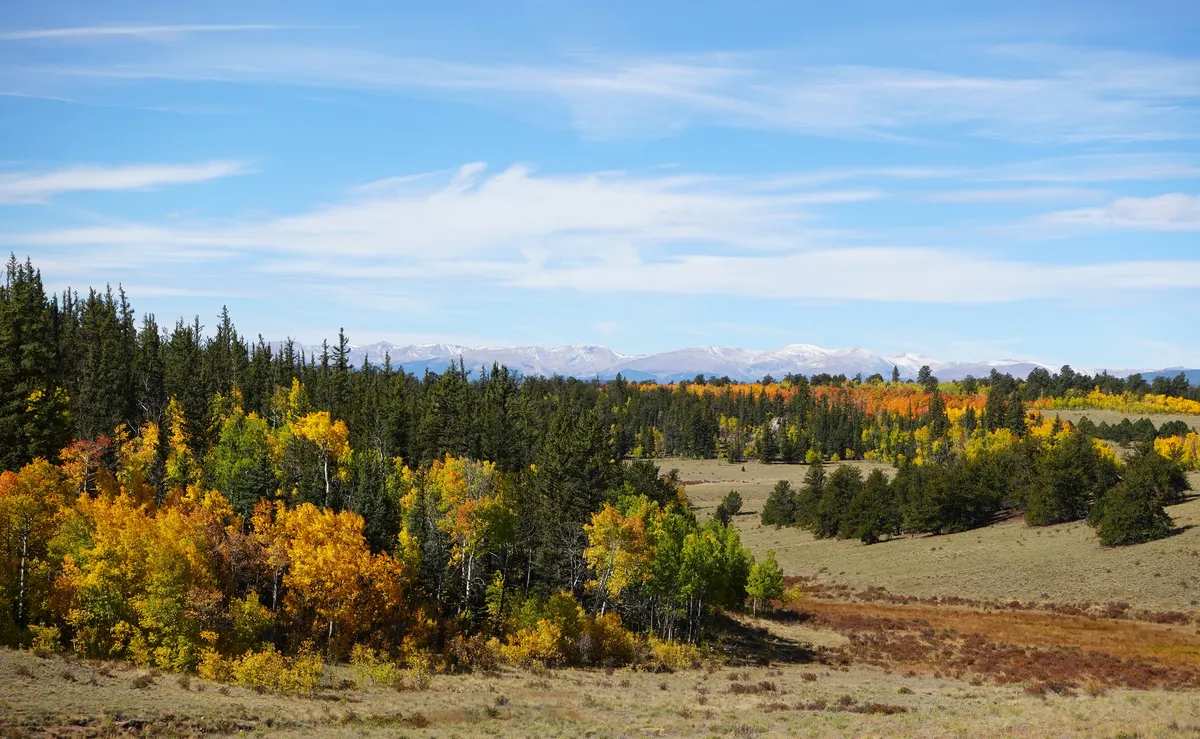Good products, built-to-last & a pleasure to use
When our products become temporary, so do our standards
 Photo: Rocky Mountain fly fishing, Colorado, 2025.
Photo: Rocky Mountain fly fishing, Colorado, 2025.
I imagine there's a sliding scale between Creative Brain and Analytical Brain, and everyone sits somewhere on that line. Perhaps in the middle or dominant to either side.
I don't have much desire to know how things work, so long as I understand how to use its basic functions. I've built garden beds and shelves, but I don't care about my tools. I've changed tires and swapped out headlights, but I can't name hardly any piece under the hood.
If a product, tool or appliance covers my needs, I don't need it to have the very best specs. I'm not interested to know its inner workings, the gears and hardware that allows it to function. At least not yet, not until it needs a repair.
Does it do its job well, and does it provide less friction for the user in the process? In other words, is it functional and simple to use?
Laying on the floor, a new box of Legos, I'd tear it open and build something from imagination. I had little use for the paper instructions that came along with it. These were sculptures to be created, not products to be assembled, thought Little Logan.
Sometimes I'd try to match the photo on the box, but other times I might disregard that and create an army of mini vehicles, much smaller than the one advertised.
A few days ago, we went camping here in Colorado. The leaves have turned, the aspens are golden. We wanted a campfire and a night under the stars before it gets too cold. We wanted morning sunlight to paint the colorful autumn forest.
"It's fall, yall. Can we go leaf peeping?" That's what my girlfriend said. Pack the cooler, start the truck. Don't forget the firewood you didn't use on the last trip.
What's this? A camera I haven't touched in a year or so? Let's bring that too.
Captured by cameras
This is an oversimplification, but you can sort most cameras into these main categories.
- Professional production cameras (Hollywood, Netflix)
- DSLRs and their newer "mirrorless" cousins (detachable lenses)
- Point-and-shoots
- Action cameras (GoPro, DJI)
- Drones
- Film cameras (dark room)
- Your phone
Fascinated with a Kodak point-and-shoot in middle school, my friends and I made mini films. Aside from the Polaroids and disposable cameras, this was my first memory finding joy behind the lens.
Next was photography class in high school, the fastest I'd ever signed up for a course. As a proud new owner of a starter Nikon DSLR, it quickly became an extension of my body.
I swapped out the budget kit lens for a 50mm prime. I upgraded to a better camera and a better lens, and it paid my affordable bills. I carried it everywhere for the next 10 years.
When I left my job as a reporter in 2017, I put the camera down. I'd lost the love for it, I'd become far more interested in drumming. Two hobbies so central to my identity, one demoted in favor of another.
I no longer carried my camera when I traveled. I'd just use my phone and snap away. It was easier that way. Hundreds of days on trips, thousands of photos, all with my phone instead of that once-beloved Nikon.
In early 2023, a new idea was born. I wanted to start a YouTube channel and make films again. I snagged a Sony point-and-shoot. They'd improved tenfold since the Kodak days 20 years prior. And then I never used it.
Well, that's not entirely true. I shot my first video, and then quickly abandoned the project and allowed discouragement to conquer me. (That footage still exists. Should I make a video about how I failed to make my first video?)
It would be another full year, March 2024, until I finally worked up the courage to start my channel. And at that point I used a DJI action cam instead. So what happened to that Sony point-and-shoot?
 Photo: Good morning at camp, Colorado, 2025.
Photo: Good morning at camp, Colorado, 2025.
Old vs new
On our camping trip to peep the leaves, I brought it with me. It felt good to have a camera in my hands again, to shoot stills with no intention and no plan to share.
But something felt wrong too. This isn't the type of camera that I'd once adopted as my fifth limb. No viewfinder, now staring at a screen. No manual focus or zoom, now beeping and whirring.
In the days since our trip, my ole trusty DSLR has been on my mind once again, for the first time in years. 2017 is likely the date stamped on the last photo I shot with it. That camera is now broken and buried in a box in Tennessee.
I poked around online, reading about the modern mirrorless camera. This is the 2020s upgraded version of the DSLR. The cool, slick, modern cousin. When I worked in television, on occasion I was handed one of these cameras to snap stills for our shows.
While there's no doubt mirrorless cam specs are better than most DSLRs, the experience of actually using it is worse. Much worse.
The viewfinder is not a "live view." Because of its lack of mirrors, what you see is a digital projection on a screen. Unlike a DSLR which is more like a telescope or looking out a window, meaning your eye is seeing life in real time. Instead, the mirrorless cam provides you the inescapable computer screen in an attempt to mimic the DSLR.
You snap a photo, and it doesn't click, because it's not mechanical. You can program the camera to play you a digital shutter noise with every snap, but that might be even worse. Here's your fake "ka-chk!" to mimic the DSLR.
The camera body is smaller. That's gotta be good, right? Except when you slap a big fat lens on it, now the entire thing is awkward and difficult to hold. So you buy an additional beefy grip cage to mimic the size and feel of a DSLR.
Some modern products are truly incredible. I'm not claiming that only old is good and new is not. I just wonder if we still prioritize the right things when we build and when we shop.
Built to last and a pleasure to use
In an effort to maximize specs or make every gadget smaller, we've abandoned user experience and durability for many products.
I've never purchased a refrigerator, but when I do, I don't want to be asked to connect to my home wifi or install an app to open the crisper drawer. Why will thrifted vintage clothing that's decades old outlive a new t-shirt made last year?
When our products become temporary, so do our standards. We forget that repairs were once the norm. Mend that hole in your shirt, visit the local watchmaker to set your time right. Fix it rather than ditch it.
I'm terrified of the day when my truck finally dies and I'm forced to buy another car. Maybe I'll search for the oldest vehicle with the lowest mileage. A rusty, reliable clunker.
However I must admit that I'm not a paper books loyalist. I do love my Kindle. 100 books in my pocket is one of my favorite inventions of modern man. But you know what's concerning? If us readers begin to replace the actual books with AI summaries.
I'm not an AI-doomer. I'm optimistic that we will embrace its utility, but I do fear negative side effects. Much like the consequences of social media we ignored in favor of its usefulness.
Maybe that's one reason why I write this blog. I love to read other blogs, and I want to contribute too. Early internet blogging is peak internet in my opinion. I'm determined to keep it alive.
I think of blogs like book chapters. Before the distilled blasts of tweets, we had thoughtful pieces between 500 and 2,000 words, and we had the attention span to read them too. Before the flood of 30 second clips, we'd watch 25-minute YouTube films. I'm trying to keep that alive as well.
So if you're still with me, reading these words, thank you. This blog is a good product that's built-to-last and a pleasure to use, unlike the mirrorless camera.
I plan to ride my man-powered bicycle to a used camera shop down the street, and scoop a 10-year-old DSLR. That brick will dangle from my shoulder while an E-bike whizzes past me at 45 mph, the peddler doing no peddling.
I'll snap a photo and feel the shutter click, with a smile on my face and a tear in my eye. I might even forget to email my refrigerator.
 Photo: Colorful Colorado, 2025.
Photo: Colorful Colorado, 2025.